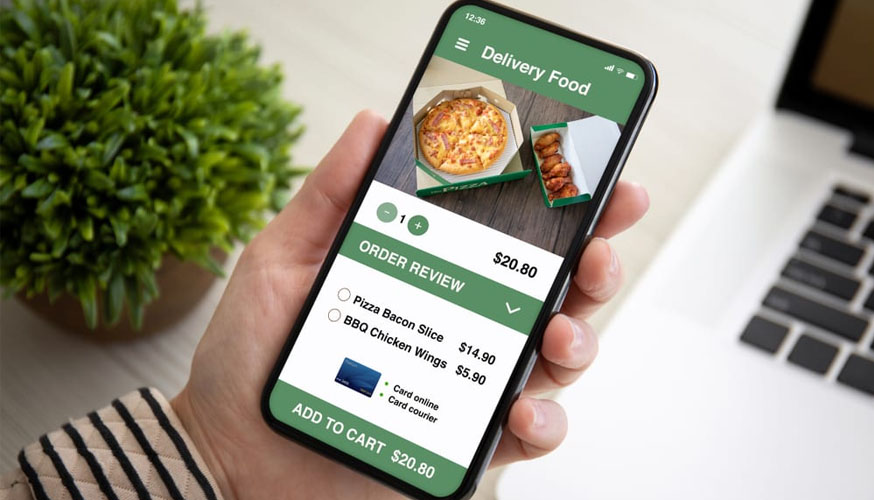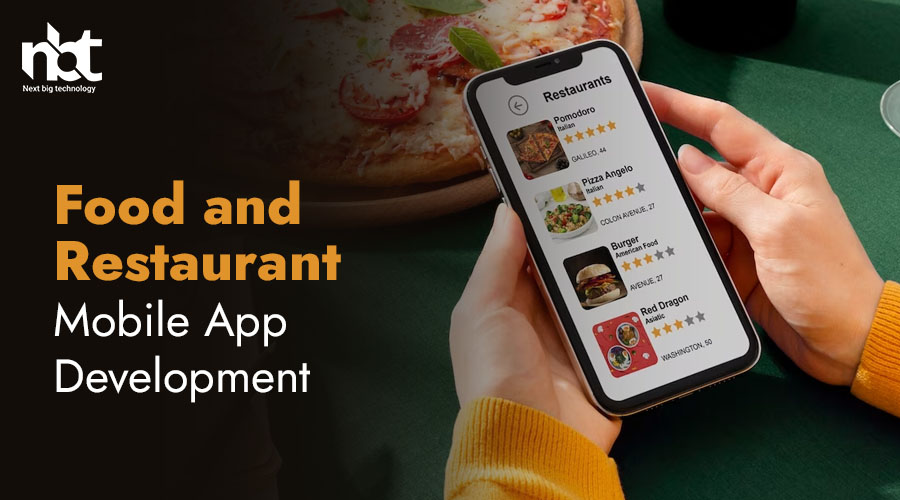Table of Contents
Introduction
In today’s fast-paced world, the food and restaurant industry has seen a significant shift towards embracing technology. Mobile apps have become a vital component of this industry, connecting customers with their favorite eateries and making the dining experience more convenient and enjoyable. This article delves into the world of food and restaurant mobile app development, exploring its significance, the development process, features, and the benefits it offers to both businesses and consumers.
The Significance of Food and Restaurant Mobile Apps
Meeting Customer Expectations
In an era where convenience is key, restaurant-goers expect an effortless dining experience. Mobile apps cater to these expectations, allowing customers to browse menus, place orders, and make reservations from the comfort of their homes. This accessibility significantly enhances customer satisfaction.
Increased Customer Engagement
Mobile apps offer a direct channel for restaurants to engage with their customers. Through push notifications and personalized promotions, they can keep customers informed about special offers, events, and new menu items, thereby building stronger relationships.
Streamlined Operations
For restaurants, mobile apps streamline operations. They can efficiently manage orders, track inventory, and optimize seating arrangements. This not only enhances efficiency but also reduces the margin of error.
The Mobile App Development Process
Market Research and Planning
Before the development process begins, thorough market research is crucial. Identifying target audiences, understanding competitors, and setting clear goals are essential steps in creating a successful mobile app.
Design and User Experience

The visual appeal and user-friendliness of the app are paramount. A well-designed app with an intuitive interface will attract and retain users. Consider factors like easy navigation, attractive visuals, and seamless user experience.
Development and Testing
This phase involves coding the app and rigorous testing to ensure it functions correctly. Developers must also make sure that the app is responsive, works on various devices, and is free from bugs.
Deployment and Marketing
Once the app is ready, it needs to be deployed on app stores. Effective marketing strategies, including social media promotion and SEO, are essential to ensure that the app gains visibility.
Essential Features of Food and Restaurant Mobile Apps
User-Friendly Interface
An easy-to-navigate interface is fundamental. It should allow users to browse menus, place orders, and make reservations effortlessly.
Online Ordering and Payment

The ability to order and pay online is a game-changer. It simplifies the process and reduces wait times for customers.
Reviews and Ratings
Allowing customers to leave reviews and ratings can build trust and credibility. Positive feedback can also attract more customers.
Benefits for Businesses and Customers
Benefits for Businesses
- Increased Revenue: Mobile apps often lead to an increase in orders and reservations, boosting overall revenue.
- Improved Customer Loyalty: Engaging with customers through apps fosters loyalty and repeat business.
- Efficient Operations: Apps help in managing orders, inventory, and seating arrangements efficiently.
Benefits for Customers
- Convenience: Customers can place orders, make reservations, and even pay through the app, saving time and effort.
- Personalized Experience: Customized promotions and notifications enhance the dining experience.
- Access to Information: Customers can easily access menus, restaurant details, and reviews.
Conclusion
The development of mobile apps for the food and restaurant industry is a game-changer. It not only meets the evolving expectations of customers but also streamlines restaurant operations. Businesses that embrace this technology can expect increased revenue and improved customer loyalty.
FAQs
How much does it cost to develop a food and restaurant mobile app?
The cost of app development can vary widely depending on features, complexity, and the development team. It’s best to get a personalized quote from a developer.
What are some must-have features for a restaurant mobile app?
Essential features include online ordering, reservations, an easy-to-navigate interface, and a review system.
How can a restaurant promote its mobile app effectively?
Restaurants can promote their apps through social media, email marketing, in-house advertising, and offering special promotions for app users.
What platforms should a restaurant mobile app be available on?
It’s advisable to make the app available on both iOS and Android platforms to reach a broader audience.
Is it necessary for small restaurants to have a mobile app?
While not mandatory, having a mobile app can greatly benefit even small restaurants by increasing customer engagement and convenience.
Thanks for reading our post “Food and Restaurant Mobile App Development”. Please connect with us to know more about Food and Restaurant App Development.










